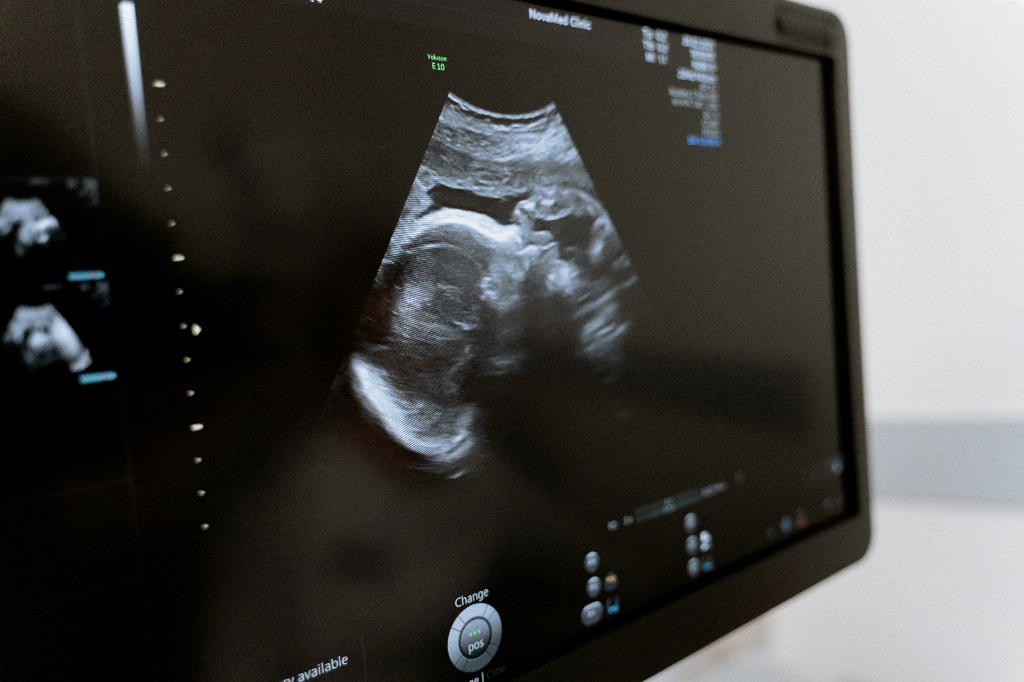When it comes to the topic of childbirth, one of the most debated questions is whether C-sections pose a higher risk compared to natural births. Let’s delve into the nuances of this issue and explore the various factors that come into play when considering the safety of each method.
The Process of C-Sections
C-sections, also known as cesarean deliveries, involve a surgical procedure where the baby is delivered through an incision made in the mother’s abdomen and uterus. While this method can be necessary in certain medical situations, such as complications during labor or concerns about the baby’s health, it is important to acknowledge the potential risks associated with this surgical procedure.
Potential Complications of C-Sections
It is crucial to recognize that C-sections are major surgeries and, like any surgical procedure, they come with inherent risks. These risks include infections, blood clots, and adverse reactions to anesthesia. Additionally, C-sections may also lead to longer recovery times for the mother, which can impact her overall well-being and ability to care for her newborn.
Benefits of Natural Birth
On the other hand, natural birth, also referred to as vaginal delivery, is considered a more traditional and less invasive method of childbirth. Natural births allow for a shorter recovery period, lower risk of infections, and promote bonding between the mother and the baby through immediate skin-to-skin contact.
Risks Associated with Vaginal Delivery
While natural births are generally viewed as safer than C-sections, it is essential to acknowledge that vaginal deliveries are not entirely without risks. Complications such as tearing, pelvic floor problems, and the need for episiotomies can arise during the process of childbirth, impacting the mother’s postpartum recovery.
Weighing the Risks and Benefits
When determining whether C-sections are more dangerous than natural births, it is crucial to consider the individual circumstances of each pregnancy. Medical professionals play a vital role in assessing the risks and benefits of each delivery method based on the mother’s health, the baby’s well-being, and any potential complications that may arise during labor.
Factors Influencing the Decision
Factors such as previous C-sections, maternal age, multiple pregnancies, and medical conditions can all influence the decision-making process when choosing between a C-section and a natural birth. It is essential for expectant mothers to have open and honest discussions with their healthcare providers to make informed decisions about the method of delivery that aligns with their overall health and well-being.
Emotional and Psychological Aspects
Beyond the physical considerations, it is important to address the emotional and psychological aspects of childbirth. The method of delivery can impact a mother’s birth experience and feelings of empowerment during labor. Support from healthcare providers, partners, and loved ones can play a significant role in navigating the complexities of childbirth.
Postpartum Recovery and Support
Regardless of the method of delivery, postpartum recovery and support are crucial for the well-being of both the mother and the baby. Adequate rest, nutrition, and emotional support can help mothers navigate the challenges of the postpartum period and adjust to the demands of caring for a newborn.
Final Thoughts on the Safety of C-Sections Versus Natural Birth
In conclusion, the safety of C-sections versus natural births is a multifaceted issue that requires careful consideration of various factors. While both methods have their own set of risks and benefits, the ultimate goal is to ensure the health and well-being of both the mother and the baby during the childbirth process.

